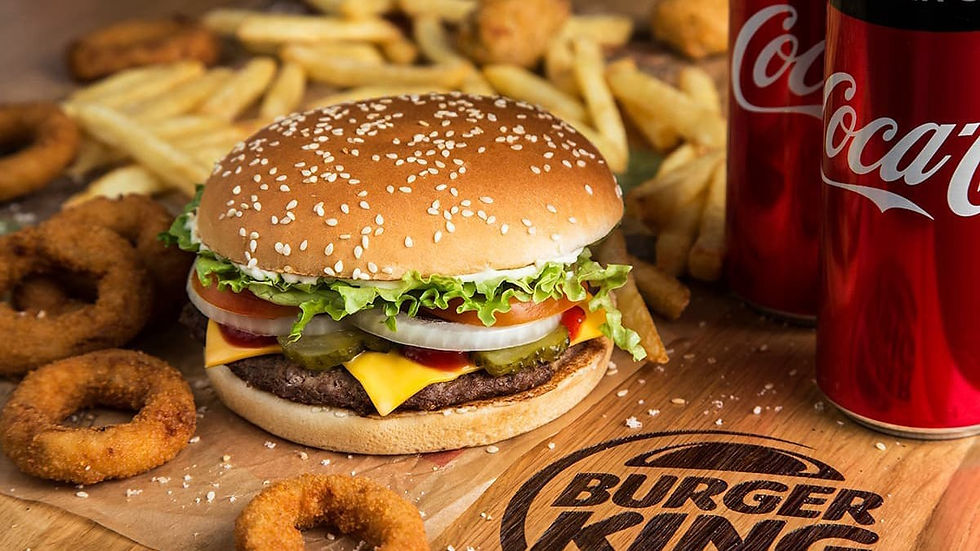Top 4 Failed Startups and the Lessons Learned
- rishi44srivastava
- May 24, 2022
- 3 min read

Evan Williams launched Odeo, a podcasting platform, in 2005. Odeo only raised a Series A round after failing to compete with Apple's iTunes store. On the other hand, Williams' side project, Twitter became, well, Twitter.
SocialNet, an online dating, and social networking service were launched in 1997 to connect people for professional networking, roommate matching, and dating. Unfortunately, the platform failed, but founder Reid Hoffman attributes LinkedIn's success to his failure with SocialNet.
Learning From Failed Startups
With the Startup Genome Report stating that 92 percent of businesses fail within three years, perhaps there's something to learn before starting your own business. Let's look at some of the most prevalent blind spots and how to prevent them.
We examine four potential startup failure stories to see what we can learn from them and their missteps.
Shyp, raised $62.1million: Shyp, the newest failure on our list, was formed to make international shipping as simple as "two taps on a smartphone." Shyp attracted the New York Times' attention and a lot of investment interest just a few months after it launched. It was evident that the issues they were addressing resonated with a considerable number of people. Shyp was unable to keep up with its expansion when customer demand halted. Shyp continued without altering his strategy from consumer customer acquisition. Although Gibbon ultimately listened to the advice to scale down expansion and refocus the firm, it was too late. Early missteps hampered the company's potential for a prosperous future, and the "growth at all costs" mindset finally led to Shyp's downfall. Lesson Learned: Don't get caught up with vanity stats. Act promptly and pivot if necessary.
Beepi, raised $149million: When Beepi launched its used automobile marketplace, it made a tremendous sensation. Beepi's future seemed bright to customers and investors in a world of expanding on-demand marketplaces. In 2015, Beepi secured a hefty $60 million Series B funding round. Beepi's high burn rate contributed to the business's downfall, making it a typical example of a company with a "strong idea but lousy execution." The founders may have been fixated on obtaining too much money too quickly and were far too aggressive in arguing for a better valuation. According to reports, management was also known to micromanage choices, denying staff the opportunity to respond fast and learn. Beepi was forced to lay off 180 employees after an undisclosed significant Chinese investor stepped out of its backing. Beepi blew through its $149 million in the capital, combining the remaining elements of the company with Fair.com, and subsequently reporting an attempt to repay creditors. Lesson Learned: Money runs out, so be careful, not cocky.
Juicero, raised $118.5million: Juicero was noted for its $699 wifi-connected luxury juicer that needed proprietary juice packets when it was founded in 2013. Doug Evans, the company's creator, likened himself to Steve Jobs in his quest for juicing perfection, claiming that his juice press could "lift two Teslas." Juicero has been dubbed the "Keurig for juice" by tech websites. The audience tended to disagree with the CEO, Jeff Dunn, former president of Coca-Cola North America, who claimed that the Juicero was "far more" than just a juicer. Consumers were turned off by the allegedly antiquated and huge equipment when Bloomberg released a video showing that their juice packets could be squeezed just as quickly, if not faster, by hand. Investors also pointed out that the gadget was larger than expected. In response to the unfavorable publicity, the team reduced the price of their gadget to $399. Juicero closed its doors 16 months after its first introduction after moving efforts to cut the price of the machine and juice packets. To continue their objective of creating a premium juice brand, they would have needed an "acquirer with an existing national fresh food supply chain," according to their final blog. Lesson Learned: Before coming to market, user-test your price and product and respond to comments.
Peppertap, raised $51.2million: Peppertap, situated in Gurgaon, was founded in 2014 with the goal of "revolutionizing grocery shopping" as an Indian supermarket delivery service with low fees. The mobile-first corporation used the inventory-free business model. They collaborated with local food shops, which made regional development much more accessible. However, according to Peppertap's blog post documenting its triumphs and failings, its mobile-first approach has a few flaws. First, the mobile app's interaction with partner retailers was not flawless, resulting in "far too many stores going online far too rapidly." Peppertap established a big and devoted client base through a discount strategy. With the final aim of large client loyalty and acquisition, Peppertap justified its losses. Peppertap, on the other hand, was losing money on every order and was about to run out of money. Peppertap ultimately opted to close its doors "sooner rather than later." Lesson Learned: Make sure your company strategy is viable before focusing on client acquisition.



Comments